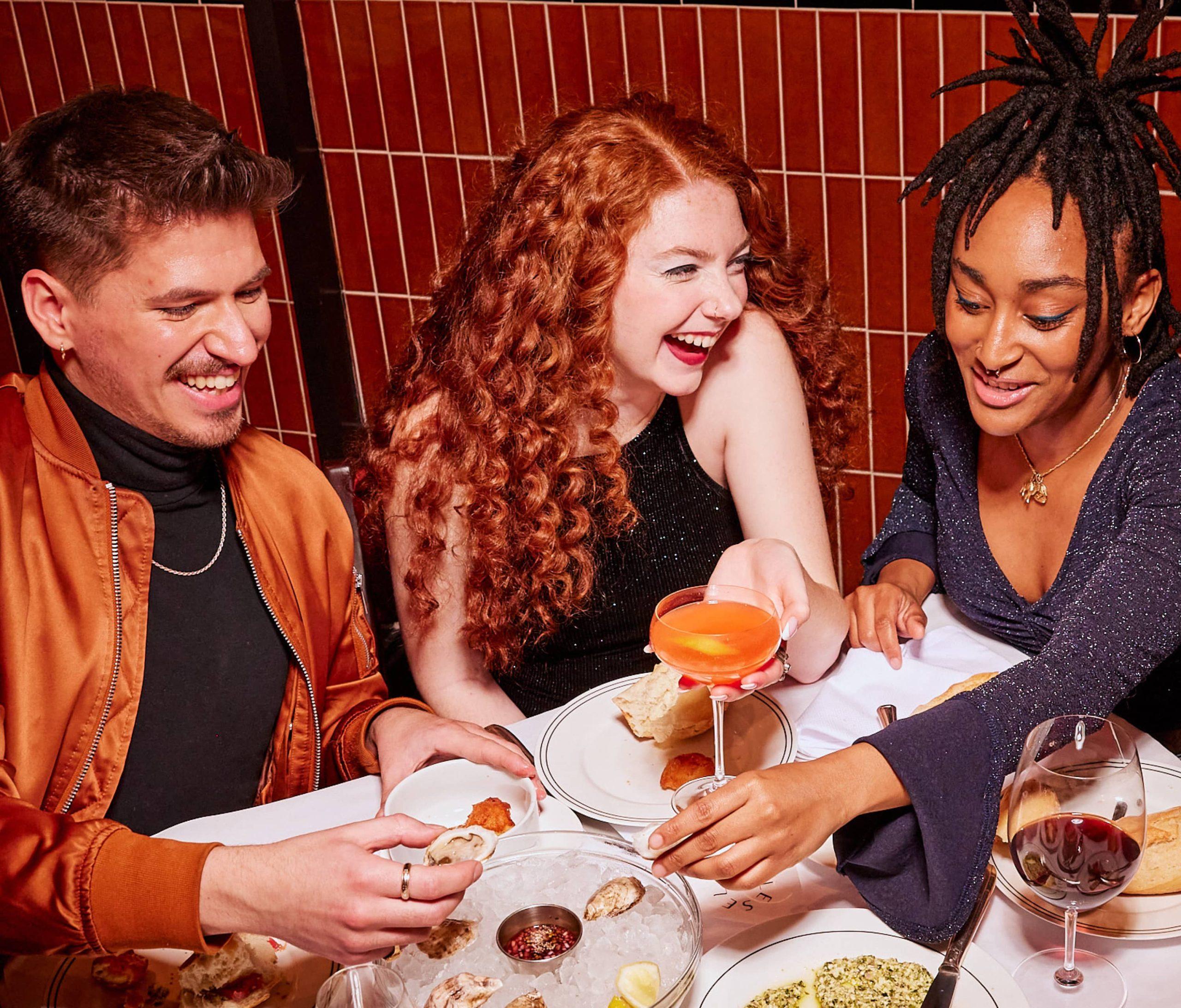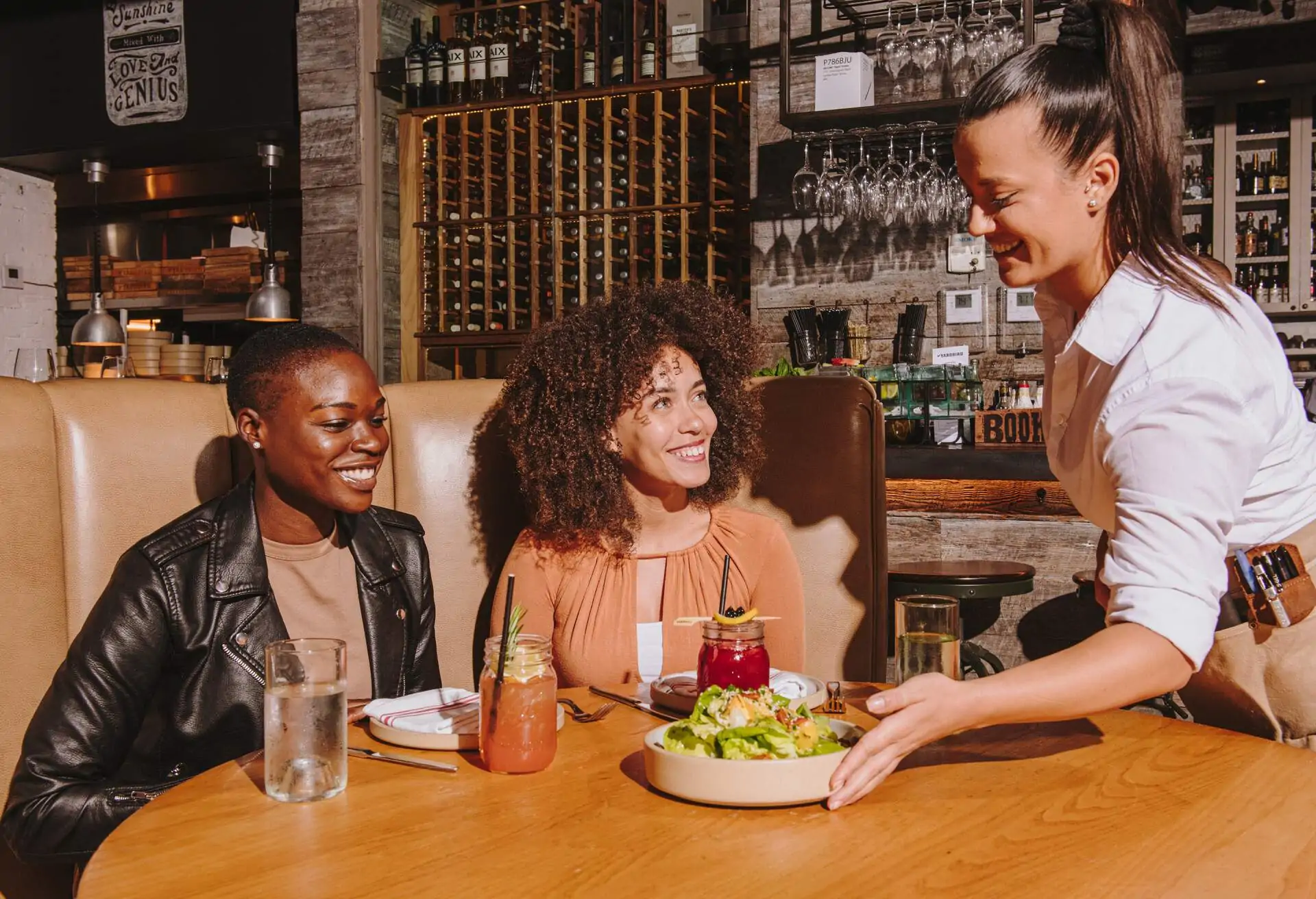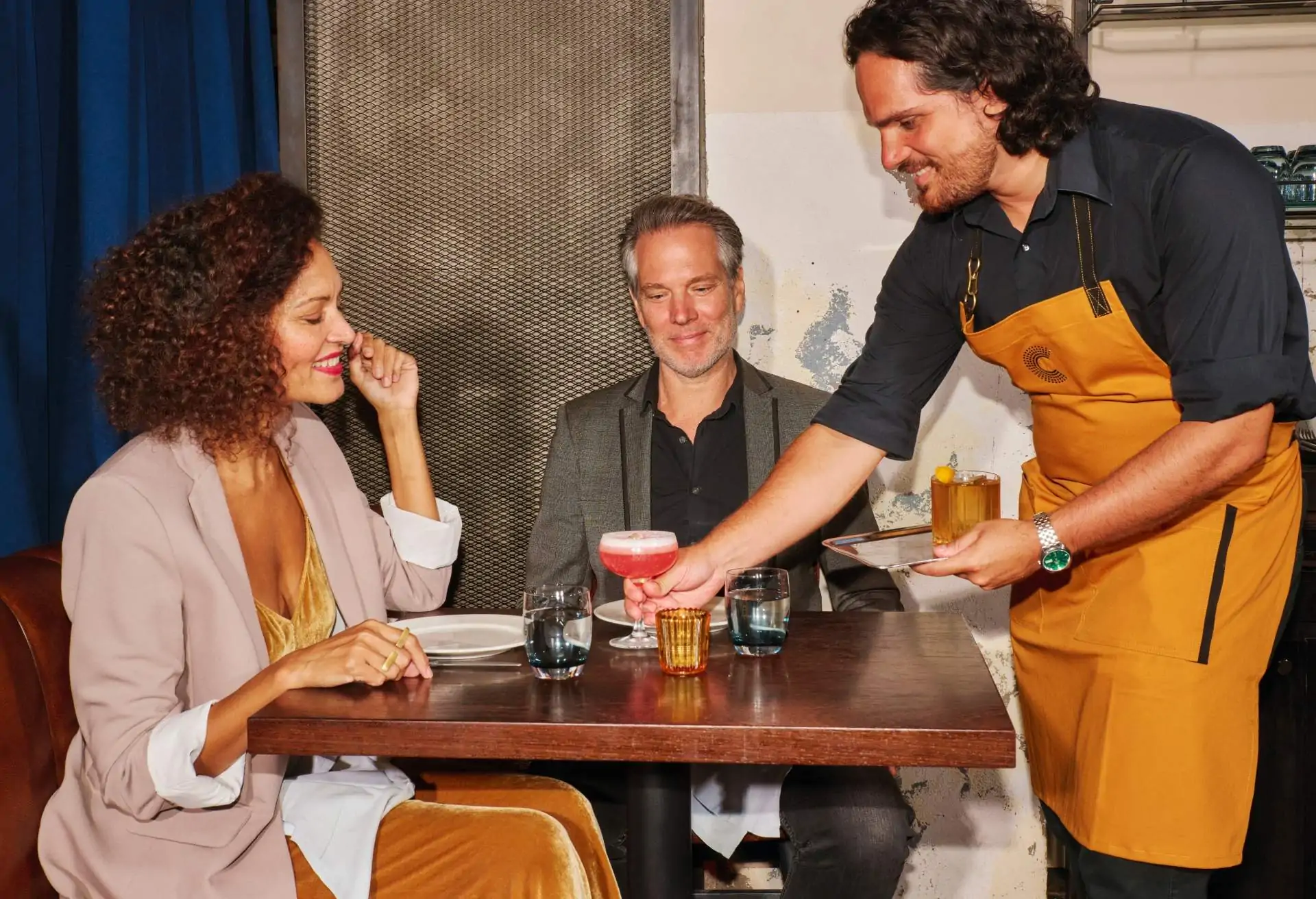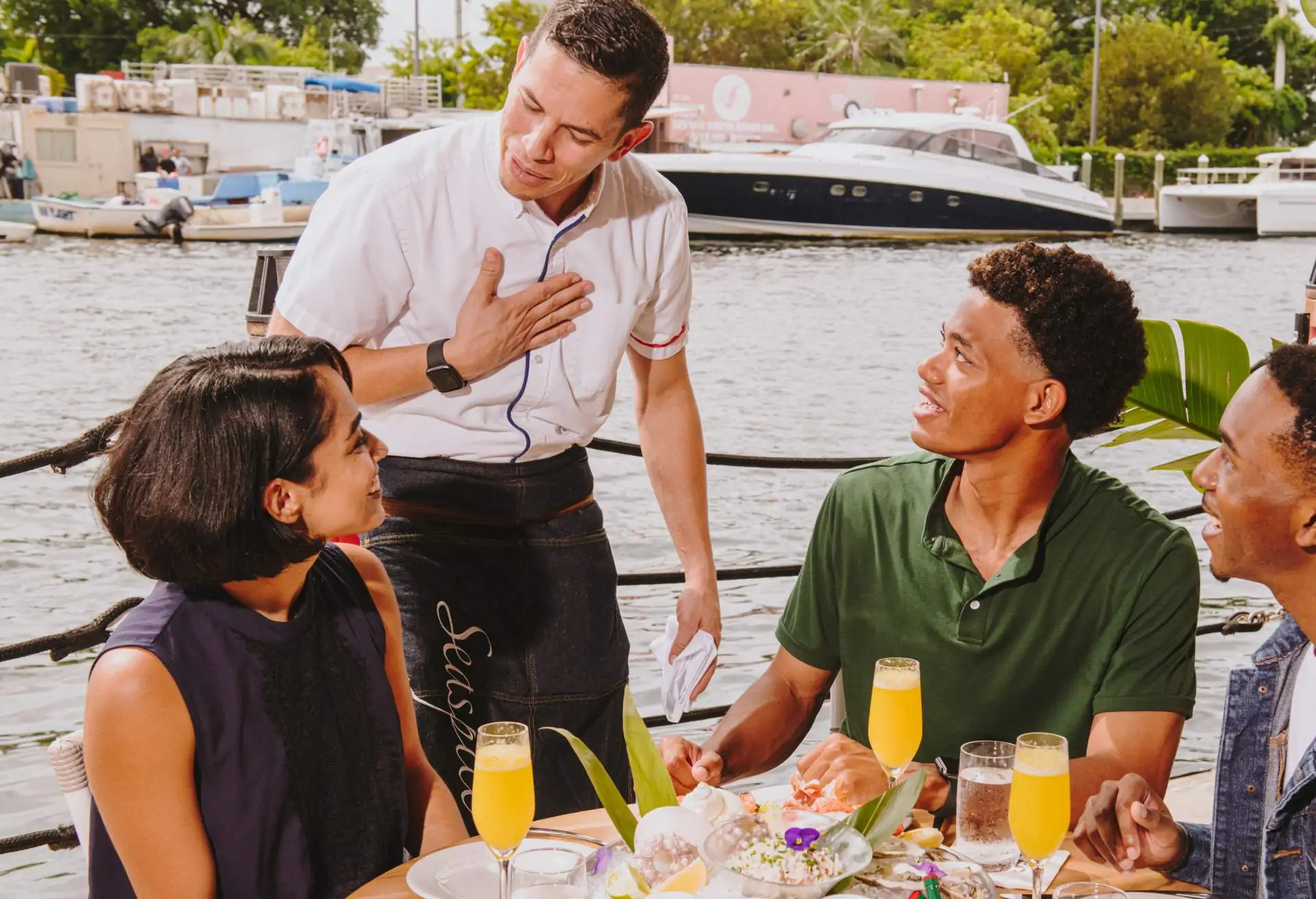Loyalty is more than a frequent guest punch card or a points-based rewards program in the restaurant world. It’s about making meaningful connections with guests to keep them coming back time and time again.
Think of the couple celebrating their anniversary at the same table each year or the solo diner who frequents the neighborhood café for their morning ritual. That’s the definition of loyalty.
So why does loyalty matter so much to restaurants? Besides the warm and fuzzy feeling of seeing familiar faces, loyal guests are the lifeblood of a thriving business. They help boost your bottom line by spending more per visit. They also serve as brand advocates, spreading their positive experiences to friends and family.
Building a base of loyal regulars in a crowded and competitive industry can give your restaurant a significant advantage. It may require some patience, though. Developing an effective loyalty program that encourages guests to return to your restaurant takes time and effort.
In this article, we explore the meaning of loyalty for restaurants, discuss its benefits, and share tips for creating loyalty rewards programs that work.
Quick Links
What is loyalty for restaurants?
Benefits of offering a restaurant loyalty rewards program
Four examples of customer loyalty programs
Setting the foundation for your restaurant loyalty program
Engaging guests regularly to increase success
Creating devoted regulars with OpenTable
The next generation of loyalty for restaurants
What is loyalty for restaurants?
A restaurant loyalty program can be a powerful force that goes beyond a one-time transaction. It reflects trust and satisfaction among guests, driving them to choose your restaurant over others again and again. Ultimately, loyalty translates to happy guests, repeat visits, and positive recommendations for restaurants.
Benefits of offering a restaurant loyalty rewards program
There are three important benefits to starting a loyalty program at your restaurant:
- Driving repeat guests
- Boosting your bottom line
- Gaining deeper guest insights
Loyalty rewards programs encourage guests to return
Loyalty programs motivate customers to return by turning spending into a game. When guests know they’ll get extra benefits every time they dine at your restaurant, they’ll be incentivized to return consistently.
Loyalty rewards programs can help boost revenue.
When guests see their loyalty progress, they may purchase more than they originally planned to unlock more rewards. For example, suppose your loyalty program offers extra rewards for ordering a combo or specific add-ons. You’ll have a greater chance to upsell a guest who’s signed up for your rewards and increase the average check size.
Loyalty rewards programs deliver deeper guest insights
Rewards programs encourage repeat business while providing valuable insights into guests’ behaviors and preferences. Dig into which rewards are most popular and pair this with your sales data. Use your findings to optimize your menu. The result will be happier guests with more of their favorites to choose from—and a boost to your bottom line.
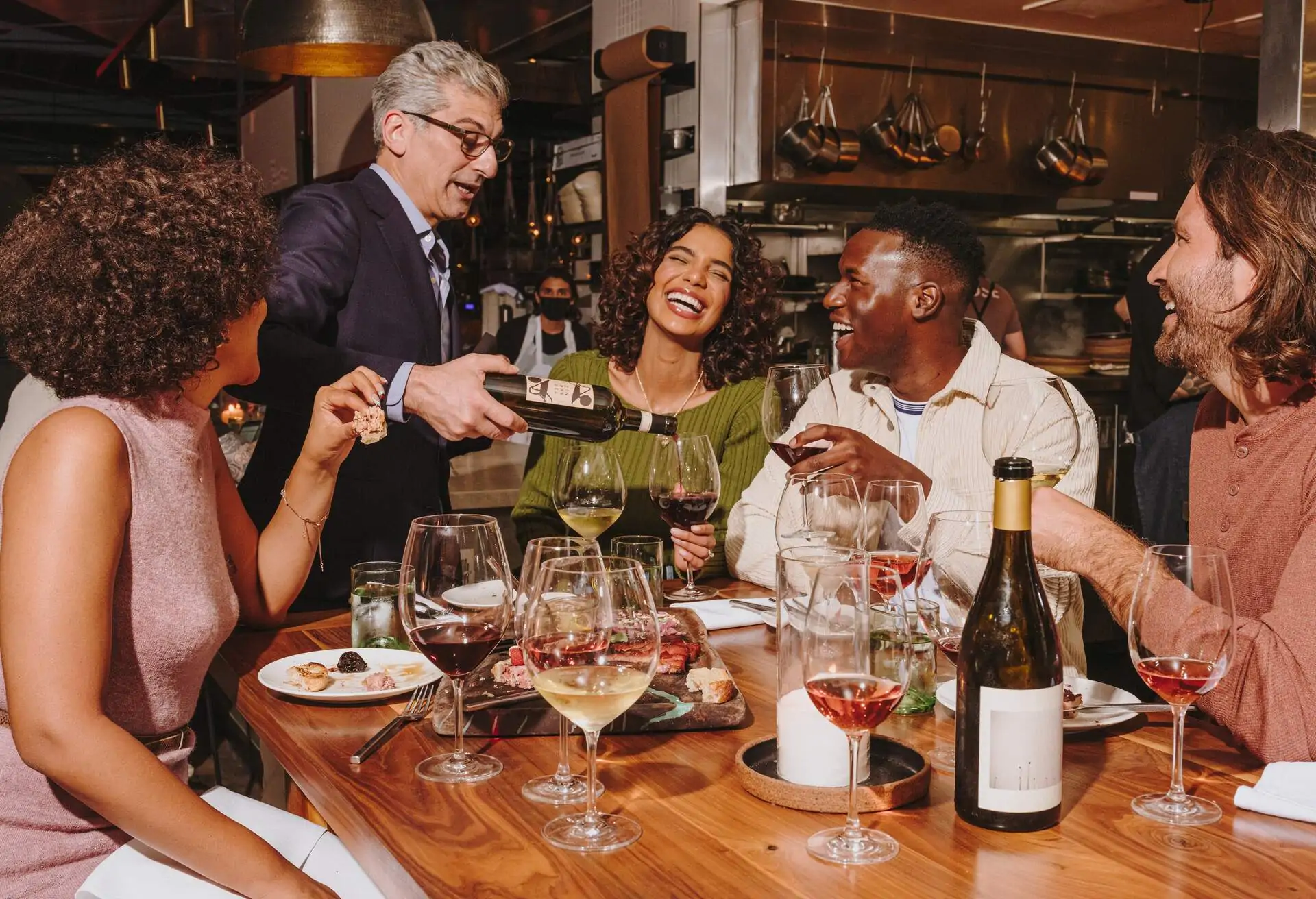
Four examples of customer loyalty programs
When it comes to customer loyalty programs, what works for one restaurant might not work for the next. Whether you’re an independent operator or a restaurant group, consider these examples as you decide what format and perks to offer.
Visit-based programs
Rather than tracking spending or points, a visit-based loyalty program rewards guests based on the number of times they visit your restaurant. Rewarding your most frequent guests with freebies and VIP service is a great way to drive loyalty.
Points-based programs
In a points-based program, guests can earn points based on their spending and redeem them for discounts, free items, or other rewards. Many restaurants build this type of loyalty rewards program into their mobile apps to easily track transactions and dollars spent.
Tiered loyalty programs
Tiered loyalty programs let guests unlock new benefits the more they spend. This approach not only encourages spending but also gives customers a sense of achievement and exclusivity. The result is increased engagement and loyalty. According to Zendesk, tiered loyalty programs have been shown to boost revenue by incentivizing guests to spend more than they otherwise would.
Stealth loyalty programs
Not all restaurants find loyalty programs easy to manage, and some guests question their value. Yet, with today’s technology, it’s possible to create stealth loyalty programs that surprise and reward guests based on their visits or spending, without them even needing to sign up. Set benchmarks, whether it’s the number of visits or dollars spent, then delight guests with unique rewards they didn’t know were coming.
Choose a program that excites your guests and is easy to understand to keep guests engaged and strengthen your relationships.
Setting the foundation for your loyalty program
Before you launch a rewards program at your restaurant, you need a strong brand that speaks to the type of guests you want to attract. Start by crafting a compelling brand narrative highlighting your restaurant’s unique values, story, and personality. Your goal should be to create an emotional connection with your guests.
With a brand strategy in place, you’ll quickly build trust and grow guests’ attachment to your restaurant.
Building a successful loyalty rewards program from day one
A well-designed loyalty program can be a game-changer. Done right, it will encourage guests to return to your restaurant and spend more, resulting in a boost in revenue.
The first step in building a successful loyalty program is defining clear and measurable objectives. Examples include increasing guest retention and boosting average spending. Once you’ve set your goals, consider what motivates your guests to choose your restaurant. Come up with a compelling reward that speaks to their preferences and behaviors. Whether a freebie, exclusive perk, or discount, your reward should be attainable yet valuable enough to keep your guests engaged.
To generate initial interest, provide incentives for guests to sign up, such as a welcome discount or a free appetizer upon enrollment. Make it easy for your guests to sign up and redeem rewards by offering them a hassle-free process.
Engaging guests regularly to increase success
More than simply simply offering rewards and discounts is required. For your rewards program to be successful, regular engagement is key. Here are four ways to keep your guests involved.
Promote your program across multiple channels
Email marketing, social media, and in-store signage are all effective ways to reach guests. Use each channel to drive awareness and educate people on your program and its benefits. The more people who know about your program and understand how it works, the more people you’ll have participating.
Personalize the experience
Use your guestbook data to create personalized offers and rewards for your target audience. Carry that level of personalization through to your communications. Refer to guests by name in your emails and provide recommendations tailored to their preferences. For example, send offers based on purchase history, celebrate milestones like birthdays or anniversaries, and ask for feedback regularly to improve the program.
Engage guests via email
Keep your restaurant top of mind and encourage repeat visits with email. OpenTable automated email campaigns (available on Pro) use diner profile and visit history data to craft personalized messages that encourage guests to return for another visit.
Encourage engagement on social media
User-generated content can help you amplify your message with little work to you. Re-share your customers’ content highlighting your restaurant. It will give prospective guests the social proof they crave, reinforcing that your spot is worth visiting. At the same time, your loyal customers who shared their experience on social media will feel valued and appreciated for their business.
However you choose to engage guests, remember to monitor metrics like membership sign-ups and participation rates. Use this data to improve your program and how you connect with guests in the future.
Creating devoted regulars with OpenTable
Consider using OpenTable’s Bonus Points if you want to drive customer loyalty without starting a new loyalty program from scratch. These campaigns incentivize guests to book your restaurant by giving them up to 10x Dining Rewards Points. Bonus Points can help you build a base of regular customers. You can also use them to shift diner demand to off-peak times or fill last-minute cancellations at your restaurant. See a return on your marketing investment every time with Bonus Points—you only pay for guests who dine at your restaurant.
OpenTable also seamlessly integrates with restaurant and hotel loyalty programs, making it easy for customers to earn rewards across different products and apps. By connecting your software, you can provide a consistent experience to your guests and help them get the most out of your loyalty program. With access to your guests’ loyalty information directly in OpenTable, you’ll never miss a chance to recognize VIPs and provide them with a personalized experience.
The next generation of loyalty for restaurants
In the near future, loyalty programs are likely to become more personalized and seamless with the help of advanced technology and data-driven strategies. Next gen loyalty programs could involve the use of AI-powered loyalty programs that predict guest preferences, new mobile apps that allow for easy tracking of rewards, and innovative loyalty tiers based on guest behavior.
To deepen connections with guests and encourage them to visit again, loyalty programs could also be further gamified in fun and creative ways. For example, augmented reality or social media challenges could be incorporated to make the experience more engaging.
Whether you go with a visit-based system, streamline loyalty with Bonus Points, or use data to develop your own way of rewarding customers for supporting your business, the return makes setting up a loyalty program well worth the investment. You’ll build long-lasting relationships with guests and create a dedicated fanbase who will fuel your success for years to come.
